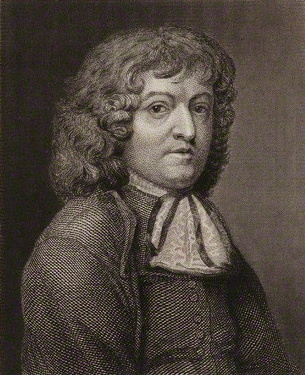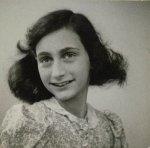
Arts and Heritage Minister Lord Parkinson of Whitley Bay has placed an export bar on a rare drawing by prominent 17th-century artist Samuel Cooper.
Widely regarded as the finest portrait miniaturist of the seventeenth century, with portraits of Oliver Cromwell and Charles II among his works, only a handful of Cooper’s drawings are understood to remain in existence.
Titled ‘Portrait of a Dead Child’, the drawing depicts the infant grandson of Cooper’s uncle and tutor, John Hoskins the Elder. The work is minutely drawn in a technique characteristic of a miniaturist, with delicate cross-hatching in the face and the shadows cast on his forehead by the edge of his cap.
The work is valued at £114,300 (plus VAT of £4,860), and at risk of leaving the UK unless a domestic buyer can be found to save it for the nation.
Arts and Heritage Minister Lord Parkinson of Whitley Bay said:
This rare and intensely personal drawing by Samuel Cooper – one of the foremost English artists of the seventeenth century – is a deeply poignant work, as well as an important one.
It is right that it should remain in the UK so that it can be studied and contribute to our understanding of Cooper and his period.
The Minister’s decision follows the advice of the Reviewing Committee on the Export of Works of Art and Objects of Cultural Interest (RCEWA).
Committee Member Pippa Shirley:
There is something deeply touching about this tender portrait and made even more poignant by the family network which connects the artist and subject. The baby was the son of Samuel Cooper’s cousin, John Hoskins Junior – in whose father’s studio Cooper had trained as a miniaturist, and who is the subject of a lively drawing on the reverse of the same sheet. In depicting his small relative in what must have been a highly emotional moment, Cooper brought all his powers of observation and a scintillating technique to bear. The detailed focus on the fragility of the face and the stillness of the tiny curled fingers, contrasting with the creation of a sense of volume through body colour in the cap and clothes creates an image of immense impact.
Cooper had an uncanny ability as an artist and miniature painter, admired in his own time, to get under the skin of his sitters, and his extraordinary sensitivity and perception is nowhere more clearly demonstrated than in this drawing. Arguably the greatest English-born artist of his time, patrons flocked to Cooper’s studio, and his work was praised by Samuel Pepys as ‘so extraordinary as I do never expect to see his like again’. Although many miniatures by Cooper survive, only seven drawings by him are recorded, making this one particularly precious. This, and the extreme rarity of drawings of a child’s deathbed at this period, the brilliance of execution and the light the drawing throws on artistic practice in the 1650s opens up a number of new lines of understanding and research, making it all the more desirable that it can be kept in this country. It also speaks to us all.
The RCEWA made its recommendation on the grounds of the drawing meeting the second and third
Waverley criteria for its outstanding aesthetic importance and its outstanding significance for the
study of the representation of death and the work of Samuel Cooper.
The decision on the export licence application for the drawing will be deferred for a period ending on 14 March 2024 (inclusive). At the end of the first deferral period owners will have a consideration period of 15 Business Days to consider any offer(s) to purchase the drawing at the recommended price of £114,300 (plus VAT of £4,860). The second deferral period will commence following the signing of an Option Agreement and will last for three months








































